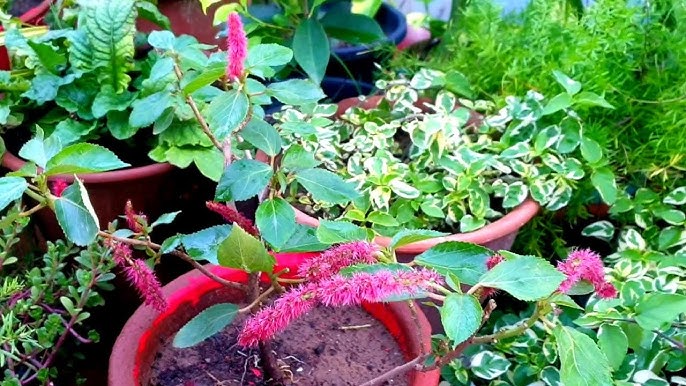The Plant:8ojkfyp59hm= Cat Tail, or Typha, is a remarkable wetland species that exemplifies the intricate relationships within aquatic ecosystems. Known for its distinctive morphology and adaptability, this plant not only supports biodiversity but also performs essential ecological functions such as water purification. Its presence across diverse geographies raises important questions about its role in habitat conservation and potential medicinal applications. As we explore the multifaceted significance of Cat Tail, one must consider how its ecological contributions may influence future environmental management practices. What implications might this have for conservation efforts?
Characteristics of Plant:8ojkfyp59hm= Cat Tail
Cat tails, known scientifically as Typha, are distinctive wetlands plants characterized by their tall, slender stems and dense, cylindrical flower spikes.
Their remarkable growth patterns enable them to thrive in various aquatic environments, offering both ecological benefits and aesthetic appeal.
Additionally, cat tails possess medicinal uses, with traditional applications ranging from treating wounds to alleviating respiratory ailments, affirming their value beyond mere beauty.
Read Also: Pink:U1r9mjz4gba= Cat Wallpaper
Habitat and Distribution
In exploring the habitat and distribution of cat tails, one can appreciate their adaptability to a variety of wetland environments.
These resilient plants thrive in diverse growth conditions, including marshes, swamps, and along riverbanks.
Their geographic range spans across North America, Europe, and Asia, allowing them to flourish in both temperate and tropical climates, thus enhancing their ecological versatility.
Ecological Importance
Wetland ecosystems benefit significantly from the presence of cat tails, which play a vital role in maintaining ecological balance.
Their extensive root systems support biodiversity by providing habitat for various species.
Additionally, cat tails contribute to water purification by filtering pollutants and excess nutrients from the water, fostering a healthier environment.
Thus, their presence is essential for sustaining vibrant and resilient ecosystems.
Read Also: Pink:Rbhgljmrw-U= Cat Wallpaper
Conclusion
In conclusion, Plant:8ojkfyp59hm= Cat Tail stands as a sentinel of wetland ecosystems, its slender stems rising like green spires amidst the shimmering waters. While its dense flower spikes offer nourishment and shelter to myriad species, the extensive root system works silently beneath the surface, purifying water and filtering pollutants. This plant embodies the delicate balance of nature, where beauty and utility converge, showcasing resilience in the face of environmental challenges, and reinforcing the intricate tapestry of biodiversity.


